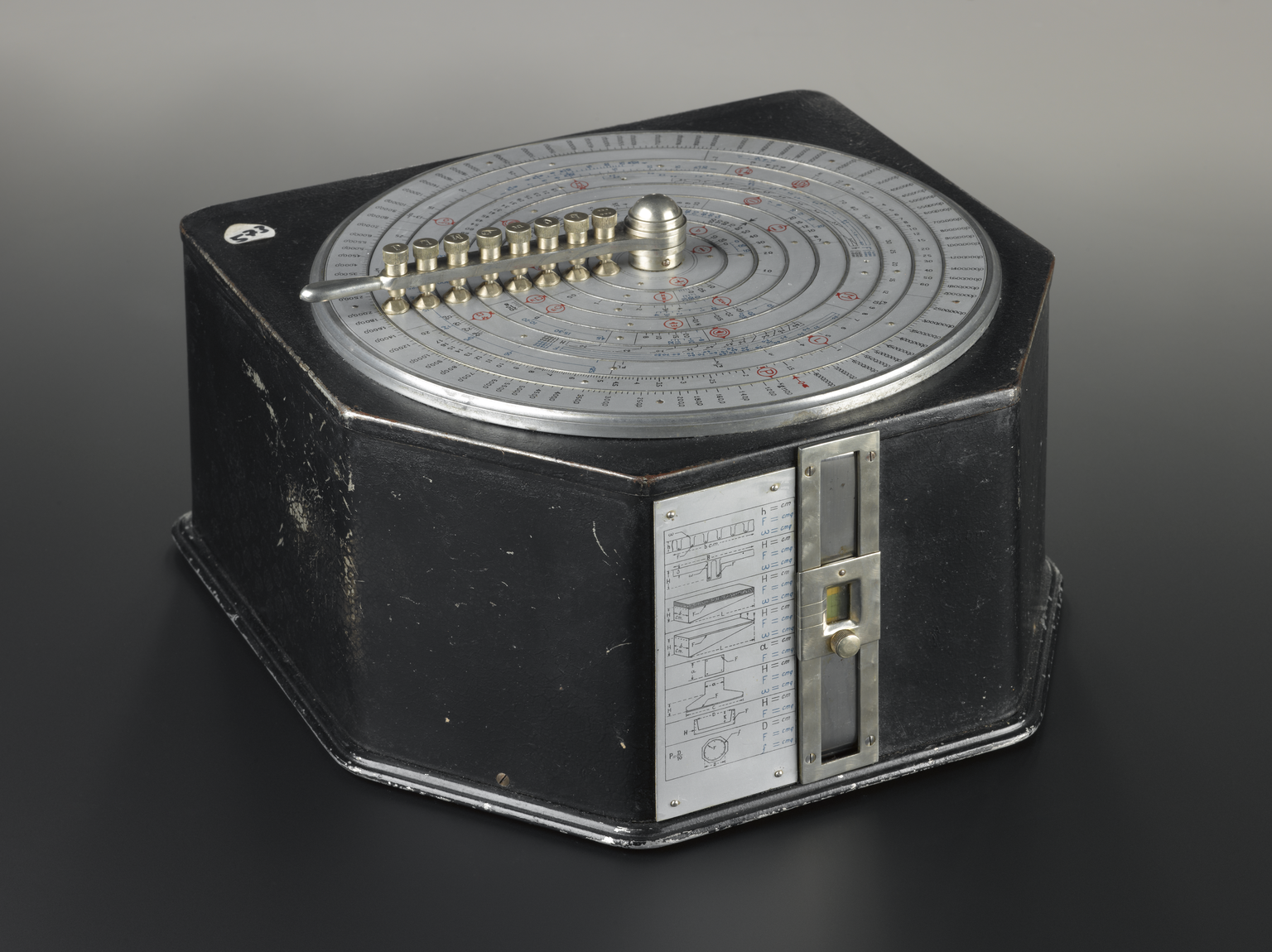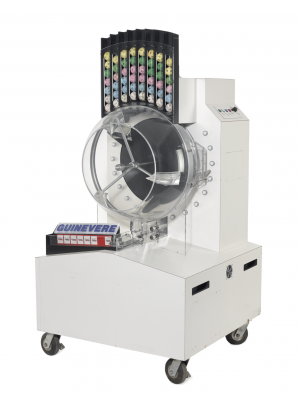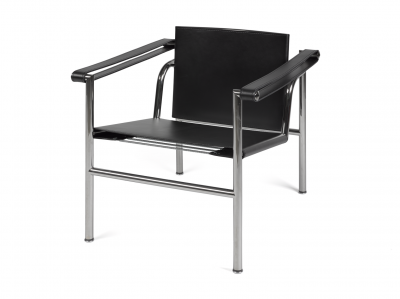How would you feel crossing the threshold of a gallery about mathematics? Does an afternoon exploring the past and present of mathematical practice fill you with joy? Or leave you with a sinking feeling? Intrigued or indifferent? Confident or terrified?
This month the Science Museum launched Wonderlab: The Statoil Gallery which, for the first time in the long history of interactive galleries at the Science Museum, contains a dedicated mathematics zone, and later this year, we launch Mathematics: The Winton Gallery. But how do we make this sometimes divisive subject engaging for the museum’s broad audiences?
The work of developing new galleries, exhibitions and programmes at the Science Museum is underpinned by detailed audience research. In 2009 we commissioned research into visitors’ attitudes towards mathematics and expectations of a new gallery on this topic. It showed unequivocally that encouraging visitors across the threshold of a mathematics gallery is a significant challenge. Most visitors expressed little innate curiosity about mathematics, confidence levels were rock-bottom and, for some, a sense of failure dominated their feelings towards the subject.
As one adult participant in our research described: “At school… if you didn’t get it right the first time you were reduced to nothing, so the thought of maths makes me break out in a cold sweat.”
But not all was lost.
The research also showed that visitors are interested in the tangible, real-world impacts of mathematics and in the connections between mathematics and their lives. And this is where the museum has a unique advantage. The Science Museum Group has the world’s greatest collection of objects relating to science, engineering, medicine, technology, design, transport and media. These collections embody the modern world and the mathematics which underpins it.
Mathematics: The Winton Gallery draws on the strengths of this broad collection to illustrate how mathematics has been involved in all areas of our lives and work. Some objects will be familiar, like the National Lottery Machine, Guinevere.
Others may be less familiar but speak eloquently about the role of mathematics in aspects of our lives with are visible, tangible and relevant: a mathematical device for calculating the strength of concrete in a story about how buildings stay up.

Others, like a beautifully-designed chair, immediately ignite curiosity: what’s this got to do with mathematics?
The answer is revealed in a story about proportion. The chair was designed by Charlotte Perriand for the architect Le Corbusier who believed that all manufactured products should be designed according to mathematical rules of proportion.
Our audience research also showed clearly that visitors find it hard to imagine who mathematicians are and what they do. Experts in mathematics engagement have shown that students form opinions of themselves as mathematicians (or not) early on in their educational journey and overwhelmingly believe that mathematicians work in schools and universities.
The museum visitors we spoke to also struggled to imagine that mathematics is done and used by people who may not have the word ‘mathematician’ in their job title. In contrast, Mathematics: The Winton Gallery will feature women and men working in fields as diverse as oceanography, structural engineering and medical research.
The audience research and learning approach developed for Mathematics: The Winton Gallery is underpinned by the Science Museum’s pioneering research on the theory of Science Capital (science-related qualifications, interest, literacy and social contacts) with Kings College London.
This work aims to better understand how young people from all backgrounds engage with science and how the museum can support them. It has helped us to define clear and ambitious learning objectives for the gallery: for visitors to feel that mathematics is broader than they thought, used by many different people and connected to their lives.
Mathematics: The Winton Gallery opens on 8 December and will be free to visit. Discover more at sciencemuseum.org.uk/mathematics.
Jessica Bradford is Interpretation Manager for Mathematics: The Winton Gallery.
One comment on “How does mathematics make you feel?”
Comments are closed.


Mathematics has always made me feel full of dread!